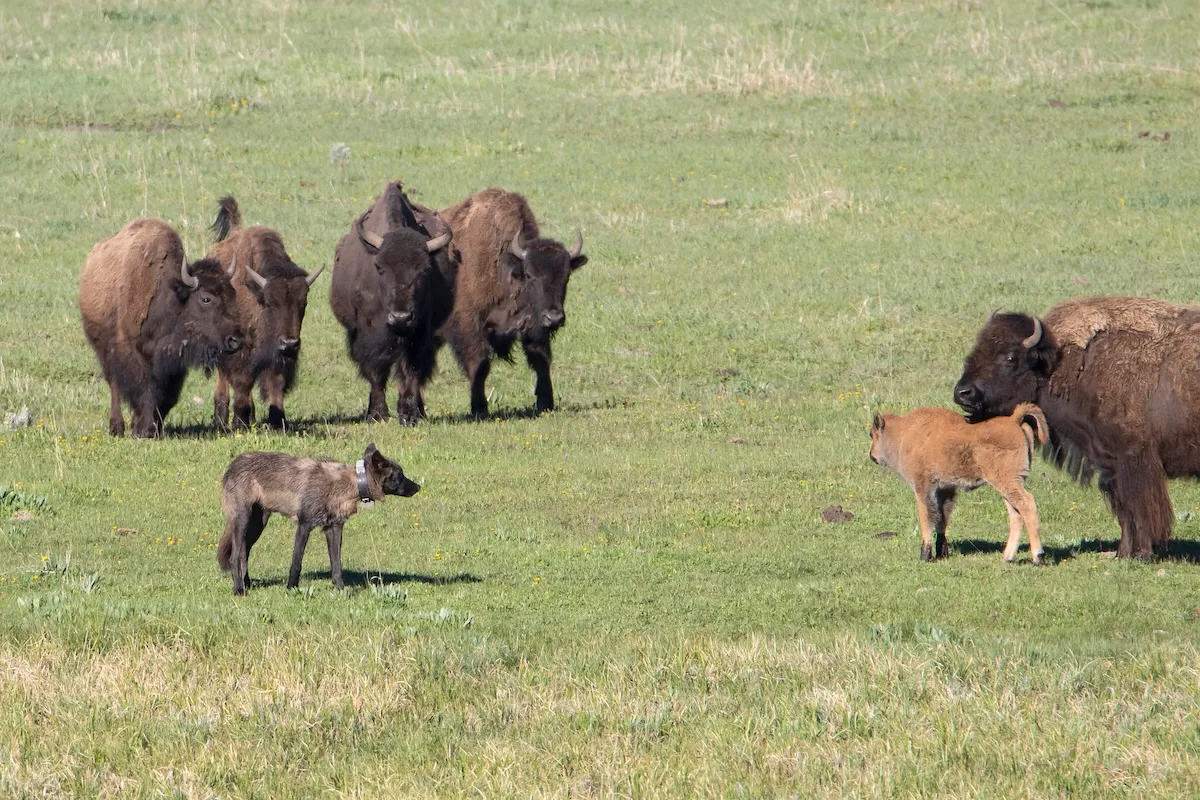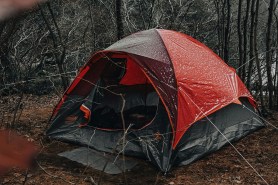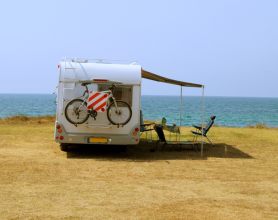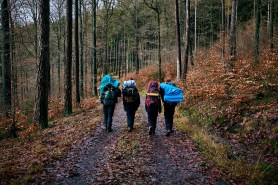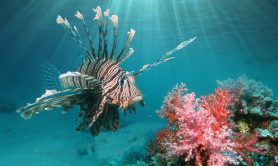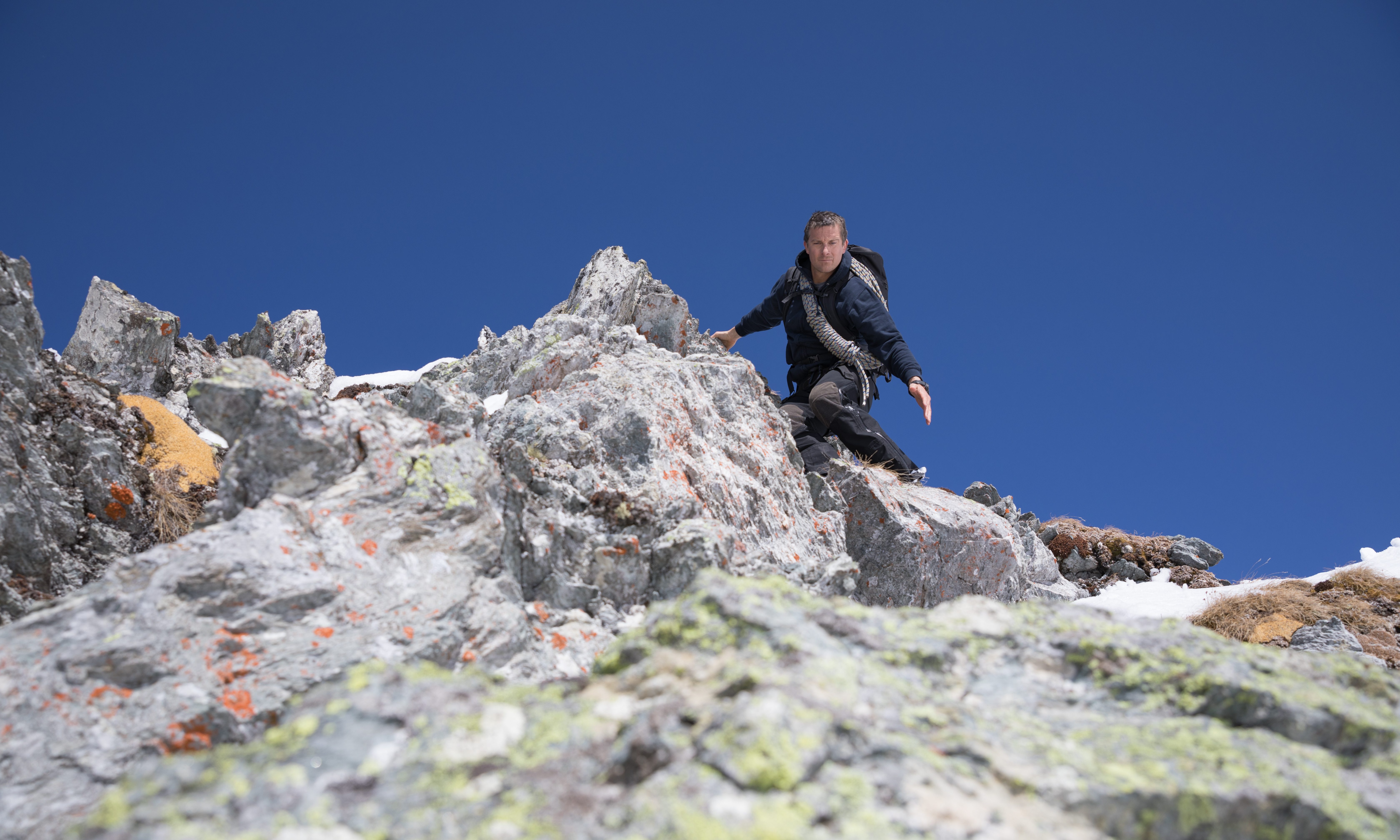

On his expeditions, Bear Grylls always carries a first aid kit and a survival kit, both sealed in a waterproof bag in his backpack.
Videos by Outdoors
His is not the type of first-aid kit you would bring on a family day out, though—it’s lightweight yet well-stocked with the type of equipment that might save his or someone else’s life.
Zinc oxide tape
This is used to prevent blisters, which can really slow you down and even become infected if they puncture. If you feel a hot spot developing in your shoe when walking, which could turn into a blister, put a strip of tape onto your foot.
Gaffer tape
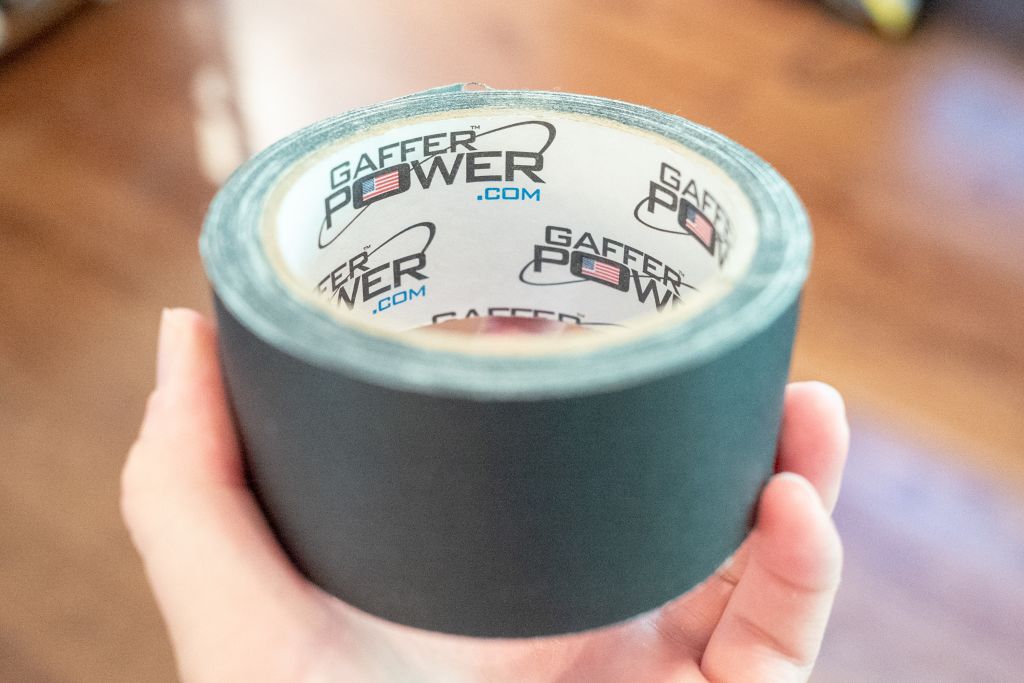
This is the type of thick, black tape that can stick to anything and has lots of uses. Gaffer tape can be used to buddy-tape toes if one is broken, or shore up a sprained joint or broken bone. It can be used to close a wound that might need stitches. You can use it to stem bleeding, or even stick it over sucking chest wounds to aid breathing. It can also be used as an eye patch.
“If you fall over onto a stick and puncture your lung, a [regular adhesive bandage] is a waste of time,” says Bear in How to Stay Alive. “A bit of gaffer tape might just give you a chance.”
Quikclot
This substance is used in hospitals and by the military when there is a catastrophic bleeding injury. It used to be a powder that you could pour into a wound to promote blood clotting.
“The version I carry is a gauze, which weighs nothing but punches way above that,” says Bear. To use, the gauze is stuffed into the wound—whether it’s an animal bite, a severed arm or a bullet wound—and will act to stem the bleeding and clot the blood quickly.
Oropharyngeal airway
A plastic tube which you can put in a patient’s mouth to help keep their airway open if the person loses consciousness. It works by stopping the tongue from covering the epiglottis.
“They’re not used when patients are conscious because they can stimulate the gag reflex,” says Bear. You can also bring along a nasal airway, which is put into the nostril rather than the mouth, to aid breathing.
Asherman chest seal
This is a dressing used for traumatic chest wounds. It has a one-way valve that allows blood and air to escape, but doesn’t let either of these back into the chest cavity.
Tourniquet
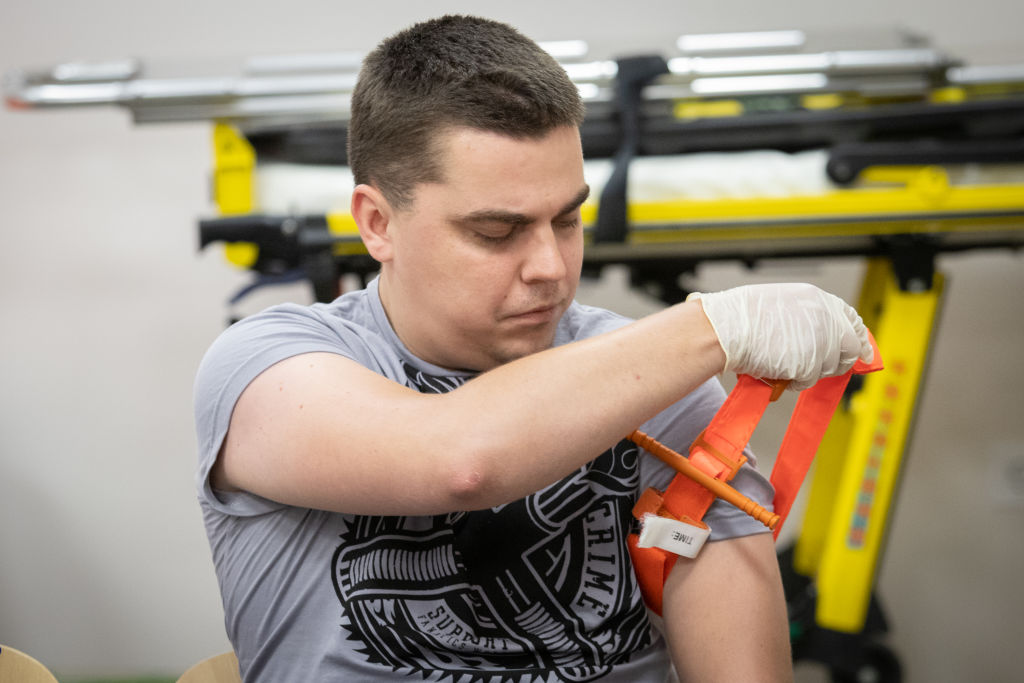
A tourniquet, often a piece of strapping, may be wrapped around an extremity above a wound to slow bleeding. However, by reducing blood supply, there’s a risk of tissue death that could later result in amputation.
“Standard first-aid advice is to avoid the use of tourniquets,” says Bear. “In extreme environments, and in situations where you have a catastrophic bleed that has to be stopped, tourniquets save hundreds of lives.”
Bear carries a standard military tourniquet, but says that belts or boot laces will do the job, too, in an emergency.
An Epipen
Bear is highly allergic to bee stings, so he always carries an epipen. If he gets a stung, the pen will give him a shot of adrenaline to fight life-threatening anaphylactic shock. “Know your weaknesses and you stay strong,” says Bear.
More from Bear Grylls:
- How to Make a Toothbrush in the Wild
- Driving in the Snow
- How to Build Shelter in a Forest
- How to Survive Sub-Zero Temperatures
- What to do If You’re Bitten by a Snake
- How to Navigate Without a Compass
- How to Deal with Injuries in Survival Situations
- How to Find Water in the Mountains
- Making Shelter in the Snow
- Priorities of Survival
- How Bear Grylls Lights a Fire
